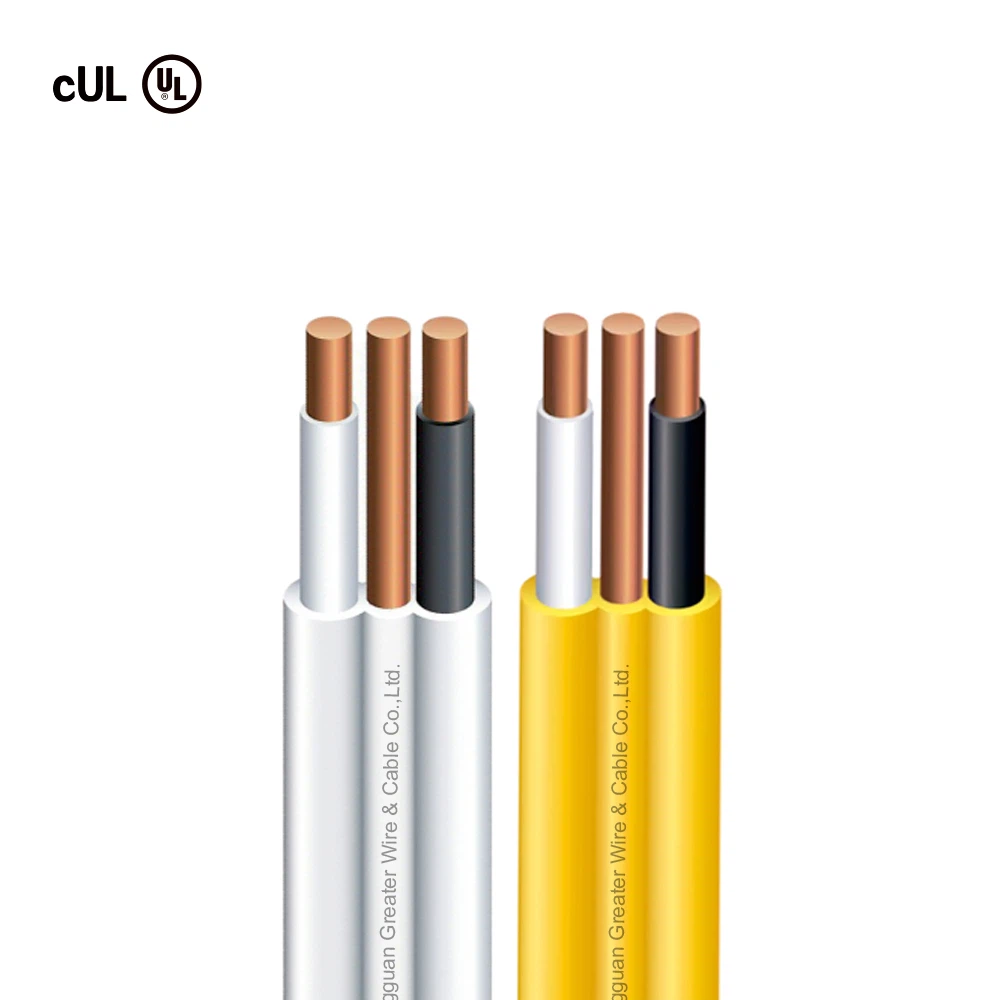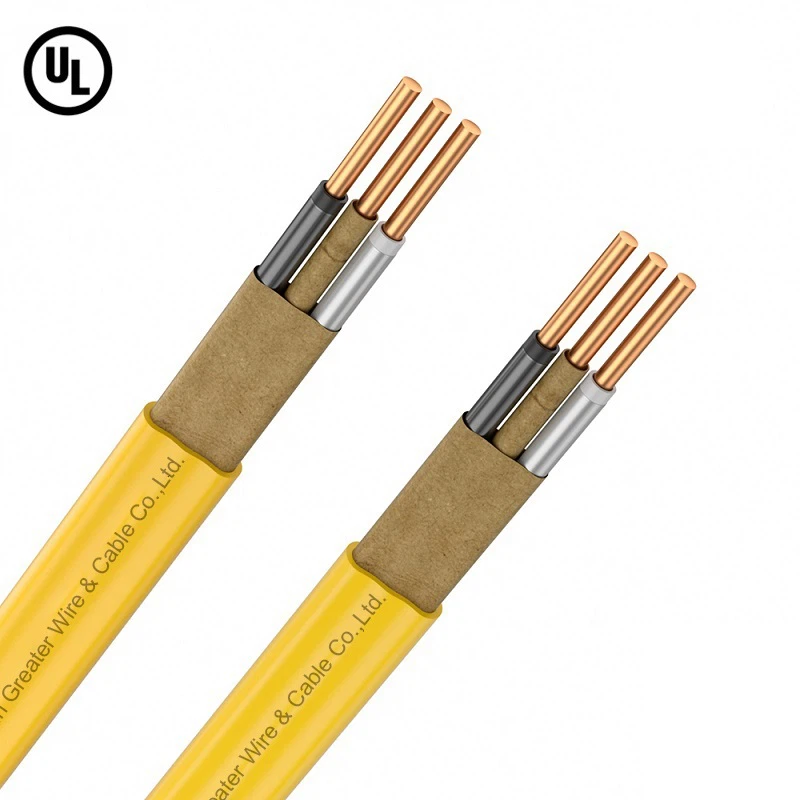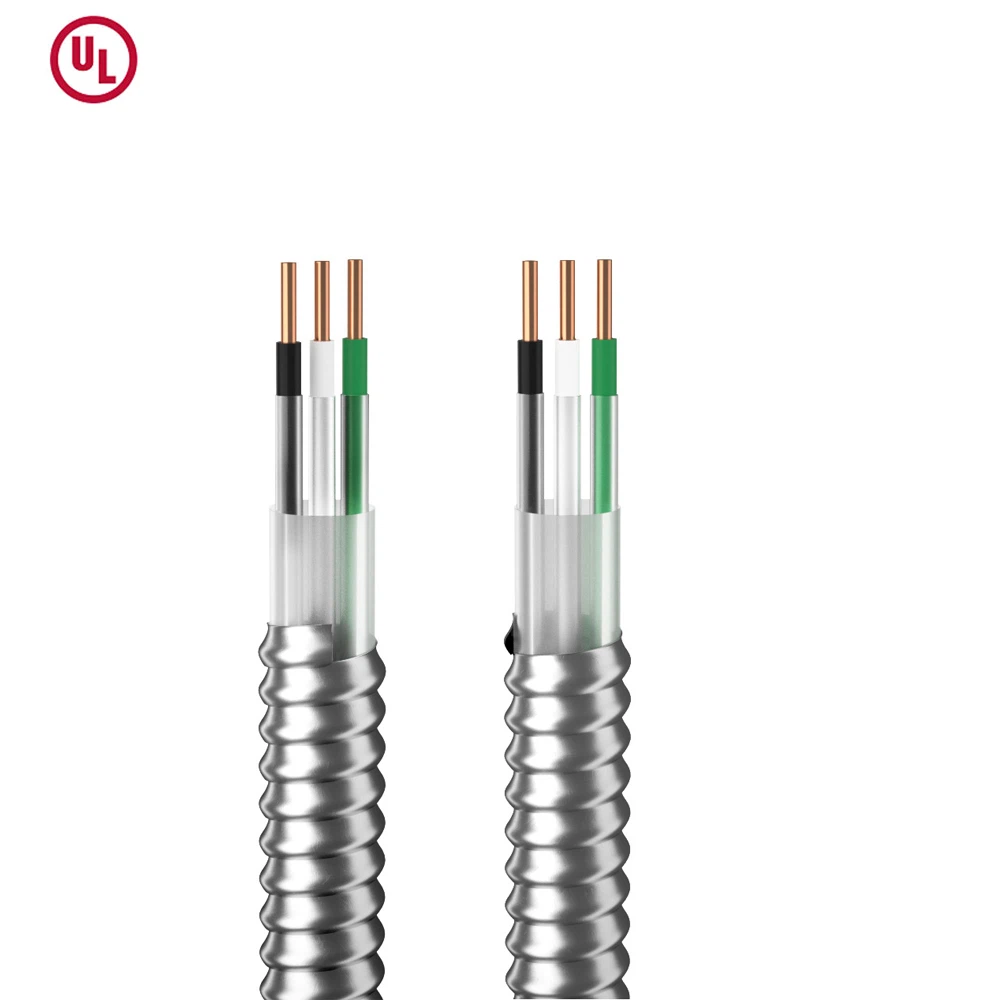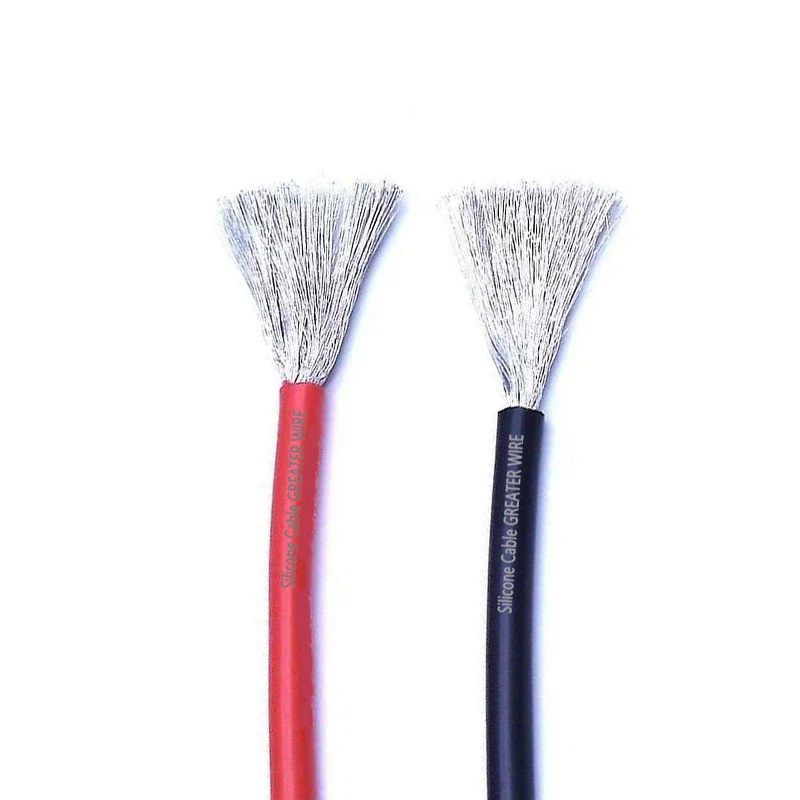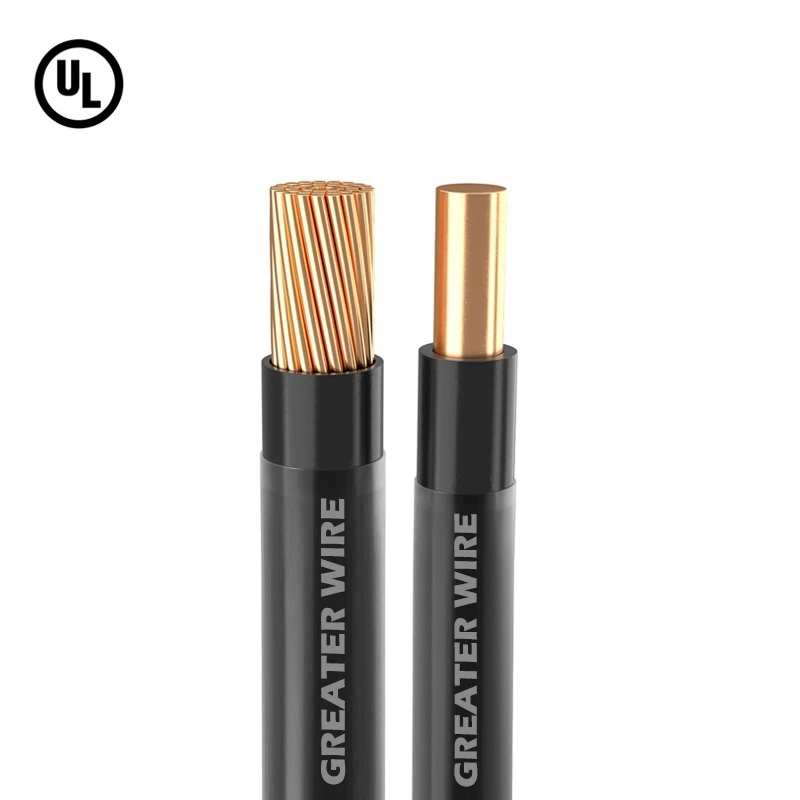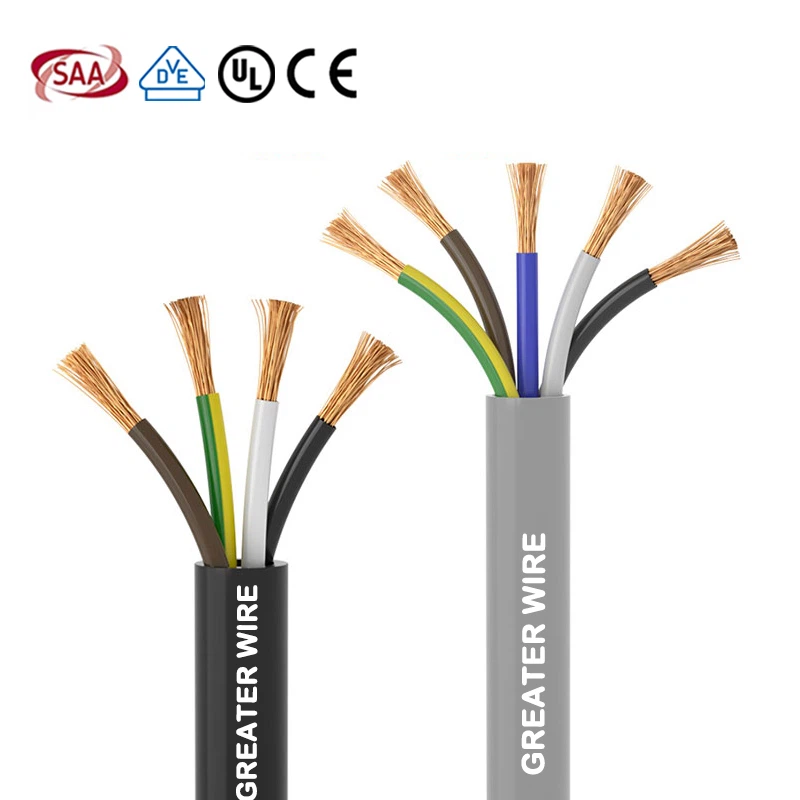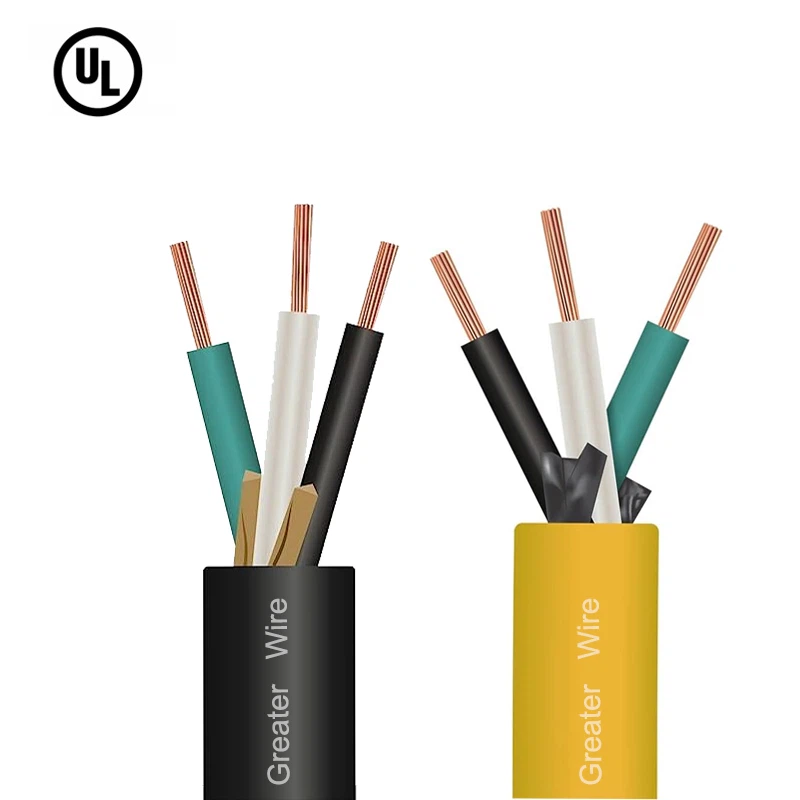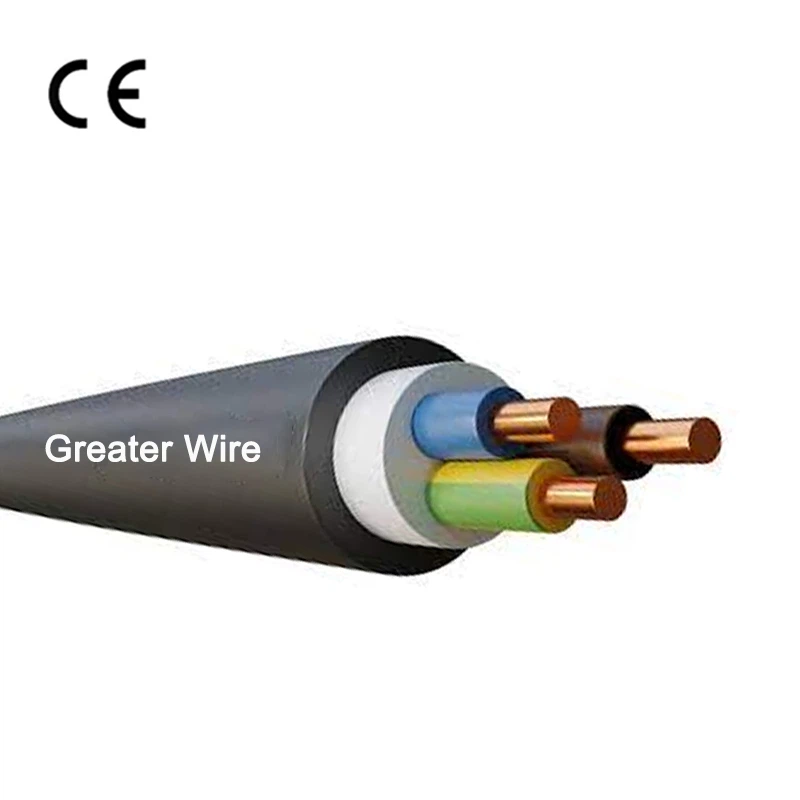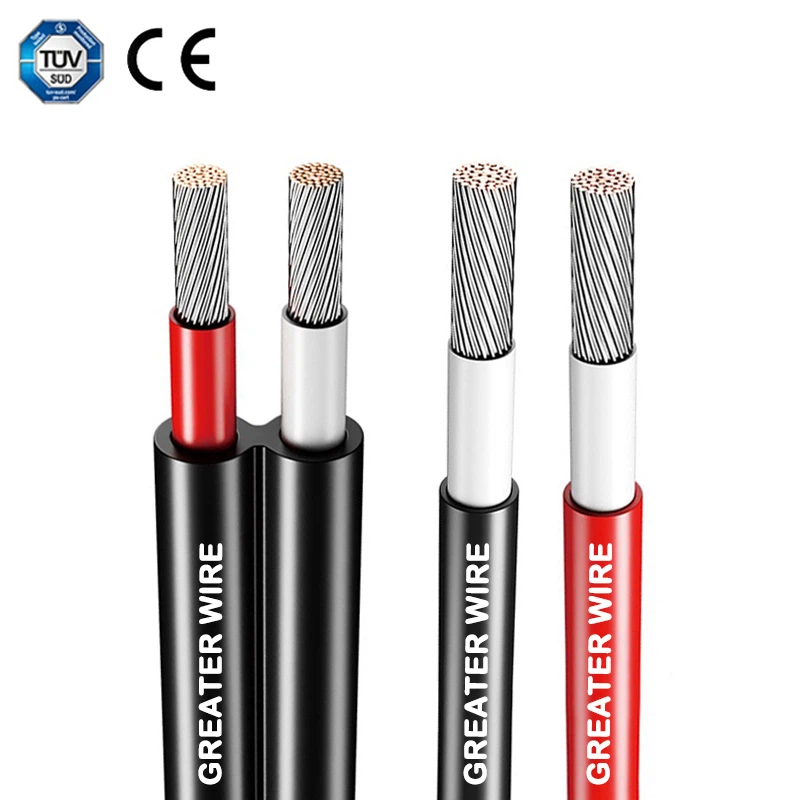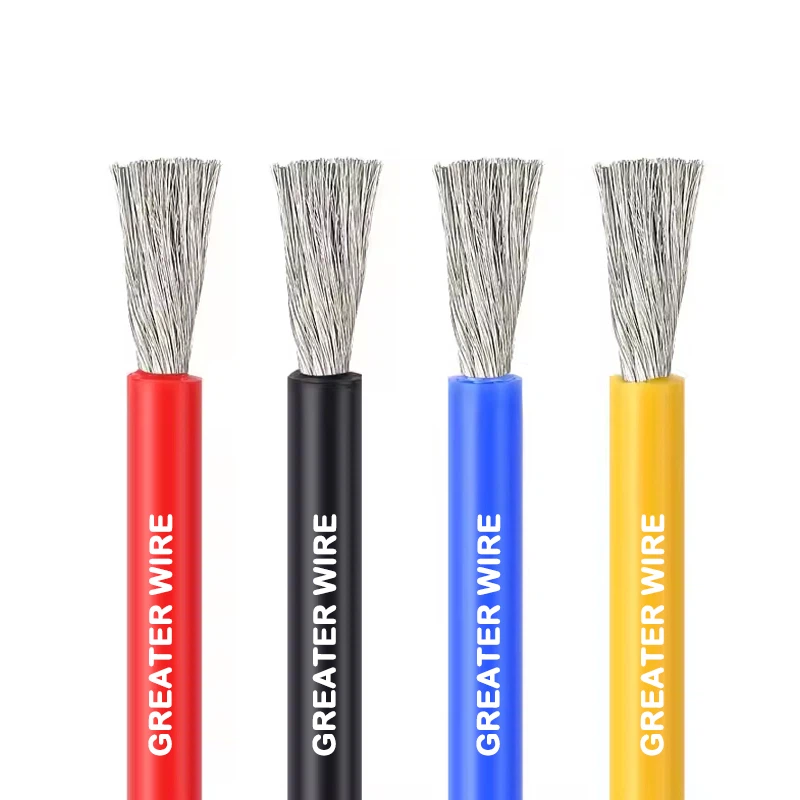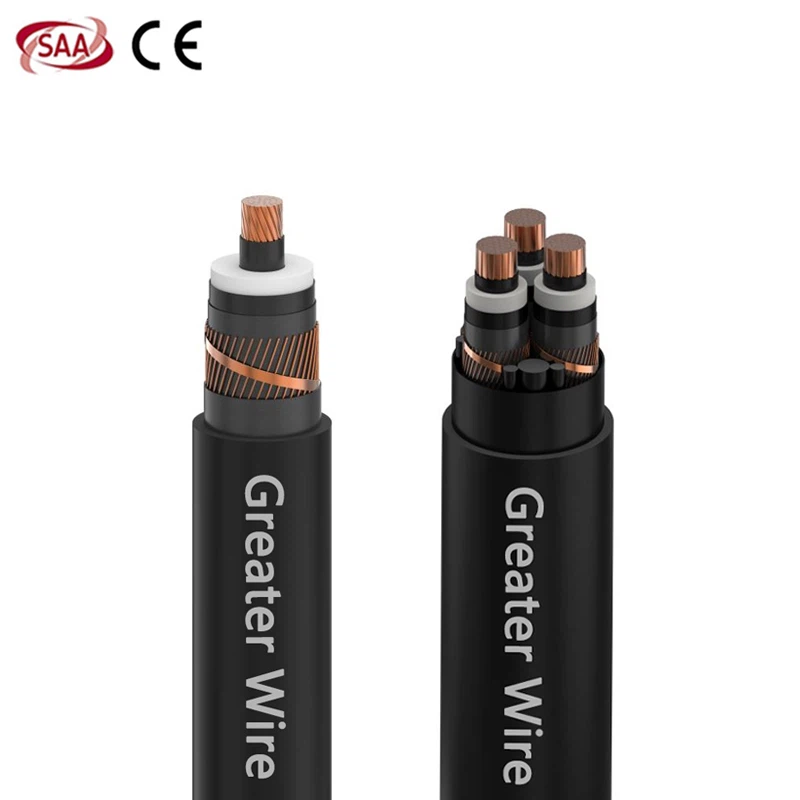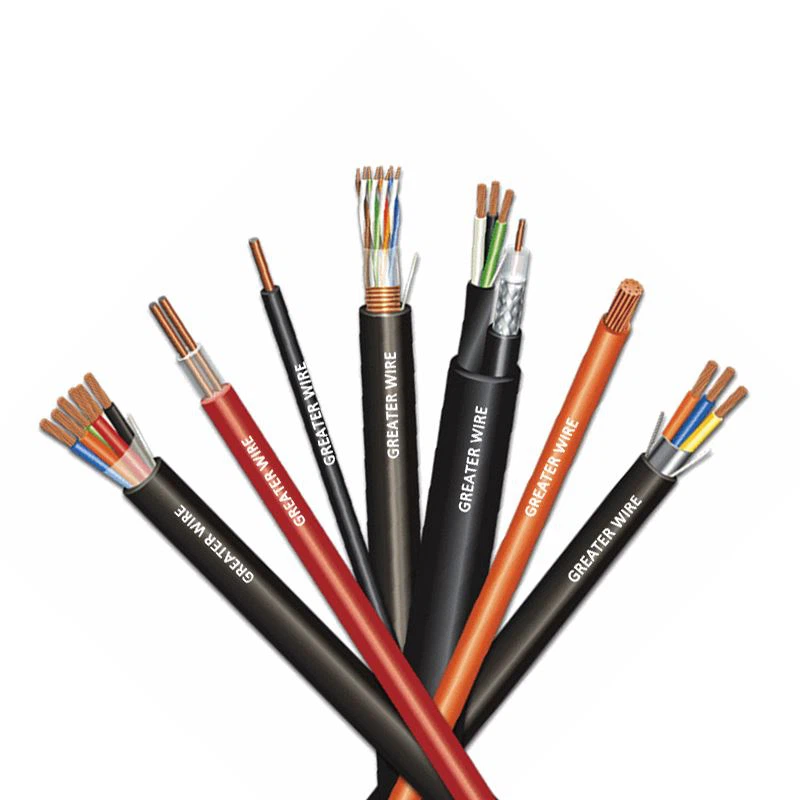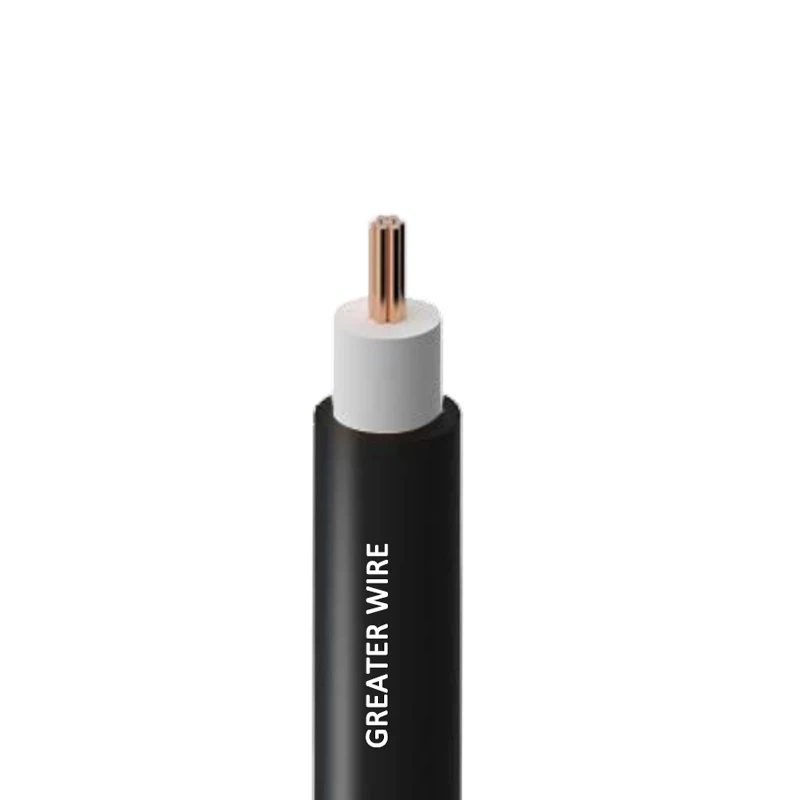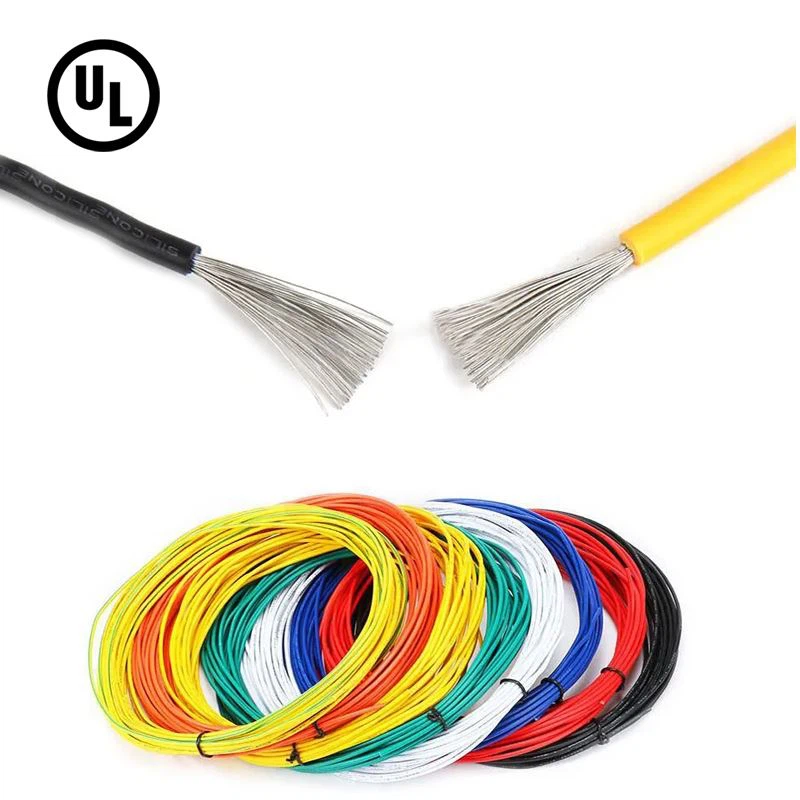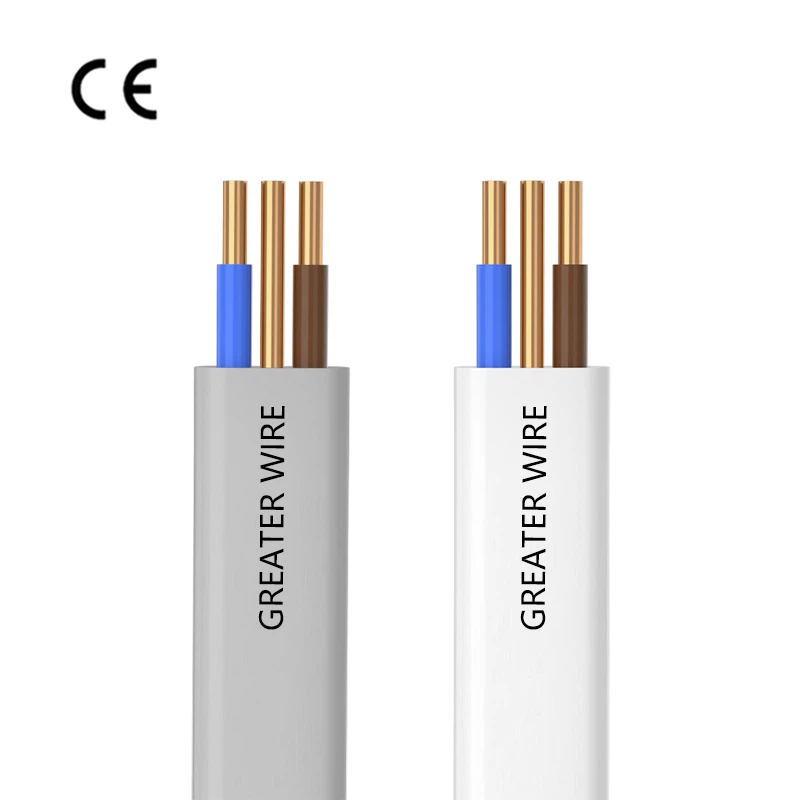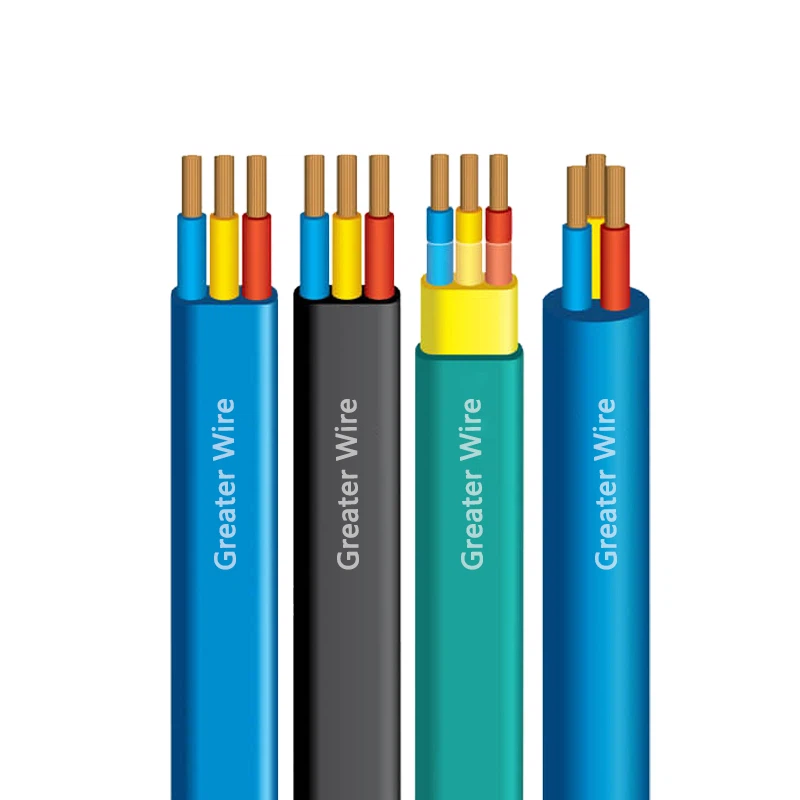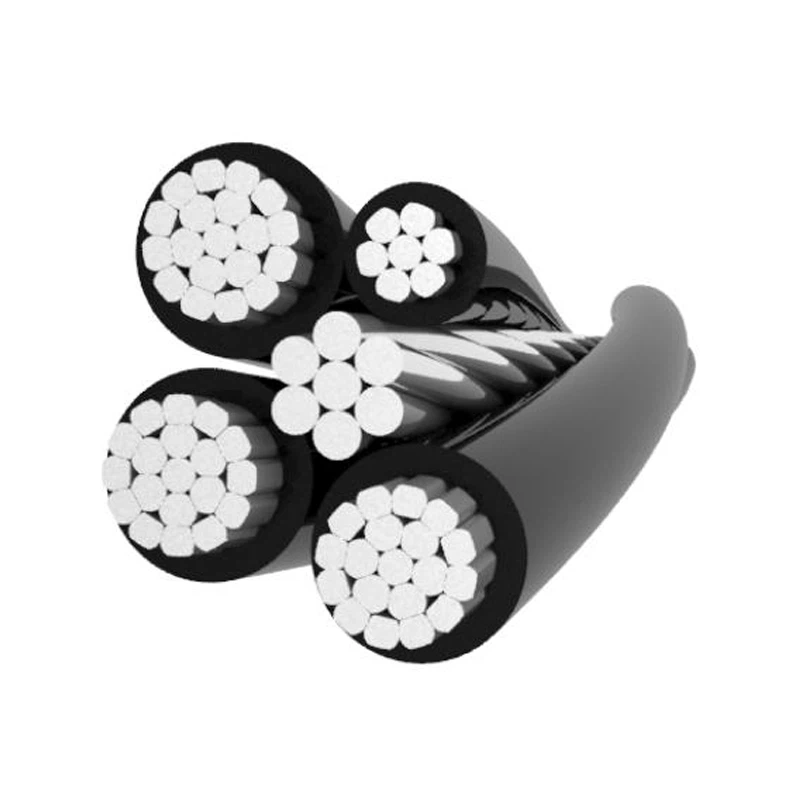1. Definition of AWG and THHN wire
1. What is AWG?
AWG, the full name of which is American Wire Gauge, is a standard unit for indicating the diameter of a conductor and is often used to measure the thickness of wires. The larger the AWG value, the smaller the conductor diameter; the smaller the value, the thicker the conductor. For example:
AWG 14 represents a conductor with a diameter of approximately 1.63 mm;
AWG 10 represents a conductor with a diameter of approximately 2.59 mm.
AWG only defines the size of the conductor and does not involve the type or performance of the conductor's insulation layer.
2. What is THHN wire?
Wire thhn stands for Thermoplastic High Heat-resistant Nylon-coated, a type of wire that complies with the UL 83 standard. Its features include:
Use of thermoplastic insulation material (such as PVC);
High temperature resistance (up to 90°C);
The outer layer is covered with a nylon sheath to increase mechanical strength and wear resistance;
Rated voltage 600V, commonly used for wiring in commercial and industrial buildings.
THHN wire is a wire specification/type that contains information such as conductor size, insulation type, temperature level, voltage level, etc.
Therefore, AWG is the size standard and THHN wire is the wire type, which is the core difference between the two.
2. Overview of the core differences between AWG and THHN wire
| Comparison items | AWG | THHN wire |
| Category | Size standard (wire gauge) | Wire type (with specific construction and performance) |
| Full name | American Wire Gauge | Thermoplastic High Heat-resistant Nylon-coated |
| Meaning | Diameter specification of wire conductor | A type of wire with insulation and jacket |
| Is it with insulation layer | No (conductor size only) | Yes (with PVC insulation and nylon jacket) |
| Applicable standards | ASTM B258, ANSI C80.1, etc | UL83 |
| Scope of use | All wire conductor size measurement | Widely used in industrial and commercial wiring, power systems |
| Example | 14 AWG, 12 AWG, 10 AWG | 14 AWG THHN,12 AWG THHN, 10 AWG THHN, etc |
In short: AWG describes the size of the wire, while THHN cable describes the complete type of wire, including size, insulation and performance.

3. Differences in technical attributes
1. Application level
AWG represents the physical size standard of the conductor, while Wire thhn is a type of wire with specific properties. In other words, AWG describes the "size" of the wire, while Wire thhn describes the "material, structure, and purpose" of the wire. A THHN wire can be 12 AWG, 10 AWG, or other sizes. Conversely, a 12 AWG wire can also be THHN wire, XHHW wire, MTW wire, and other types.
2. Differences in structure and material
AWG does not involve the structure and material of the wire, it is purely a measurement system. The structure of THHN wire is very clear and usually includes:
Conductor: usually copper, and some aluminum versions are also available.
Insulation layer: Thermoplastic PVC is used, which has excellent heat resistance and insulation properties.
Outer sheath: It is a transparent or colored nylon material used to improve the cable's resistance to damage in pulling, abrasion, and humid environments.
Therefore, AWG does not indicate the insulation characteristics or heat resistance level of the wire, while THHN wire has clear technical requirements in this regard.
3. Differences in electrical performance
AWG determines the conductor diameter of the wire, which indirectly affects its resistivity and current carrying capacity. Generally speaking, the smaller the AWG value, the greater the current the wire can carry. The current carrying capacity of THHN wire is not only affected by the wire diameter, but also by the insulation material and the use environment.
For example, the current carrying capacity of 12 AWG THHN wire may be 20A in a 75°C environment, but may be 25A in a 90°C environment. Therefore, although AWG provides a basic current capacity estimate, the actual current carrying capacity of THHN wire still needs to refer to more standards.

4. Differences in identification methods
AWG, as a unit of size, is usually marked on the wire, such as "12 AWG" or "10 AWG". THHN wire is the insulation type of the wire, which is printed directly on the outer layer of the cable with the word "THHN", often marked together with the conductor size, for example:
"10 AWG THHN/THWN-2 cable"
This means that the wire is 12 AWG size, copper conductor, 600 volt rated voltage, and has THHN cable (or THWN cable) insulation characteristics. Users can quickly identify its type and performance through the printing on the cable sheath.
5. Difference between standards and certification
AWG standard: jointly developed by ASTM (American Society for Testing and Materials) and ANSI (American National Standards Institute).
ASTM B258: Standard copper conductor size.
ANSI C80.1: Dimensional consistency in steel pipes and conductor devices.
THHN wire standard:
UL 83: Specification for Thermoplastic Insulated Wire;
NEC (National Electrical Code) has detailed regulations on the use of THHN;
CSA (Canadian Standards Association) also recognizes wire thhn as one of the certified wires.
6. Industry misunderstandings and common confusions
In actual cable procurement and project wiring, one of the common misunderstandings is that "AWG is a type of wire", which is actually just a size standard. Some users mistakenly believe that "AWG wire" represents a specific model and ignore the type of insulation layer it comes with. This misunderstanding may lead to the selection of the wrong type of wire, which in turn causes equipment failure or safety issues.
Another common mistake is to compare different types of wires with the same AWG number. For example, a 12 AWG THHN wire and a 12 AWG XHHW-2 wire have the same wire diameter, but due to different insulation layers, their outer diameters, heat resistance, flexibility, and even laying methods may be quite different.
Therefore, when selecting a cable, two points must be made clear:
What type of cable performance is required (such as THHN cable, XHHW cable, MTW cable);
What wire diameter does the cable need (such as 12 AWG, 10 AWG);
Only by combining these two can we ensure that we can purchase cable products that meet the application scenario.
7. Project Selection Example
To more intuitively illustrate the use of AWG and THHN wire, let's look at a simple example of residential power distribution:
A household lighting circuit needs to lay a branch line with a design current of 15A and a PVC pipe. According to NEC standards, THHN wires are suitable for laying in a dry environment, and THHN cables with 12 AWG copper wires are a reasonable choice.
In this example:
12 AWG: provides sufficient current carrying capacity;
THHN wire: meets the requirements of laying environment, heat resistance and mechanical properties;
It can be seen that AWG and THHN cable are not opposing or repetitive concepts, but two complementary and indispensable dimension
GERITEL Cable Company has 30 years of experience in the production and development of wires and cables. If you want to know more about cables, please contact us.



